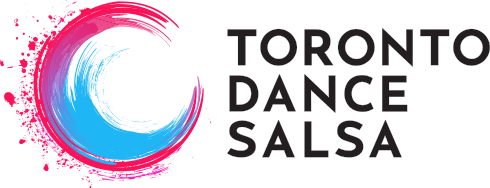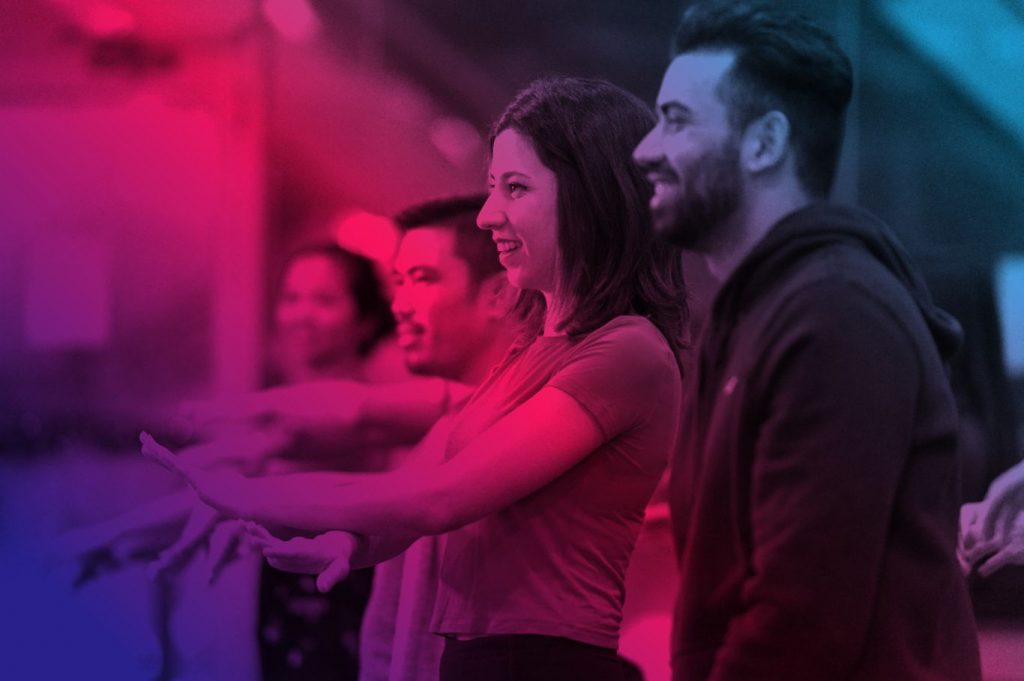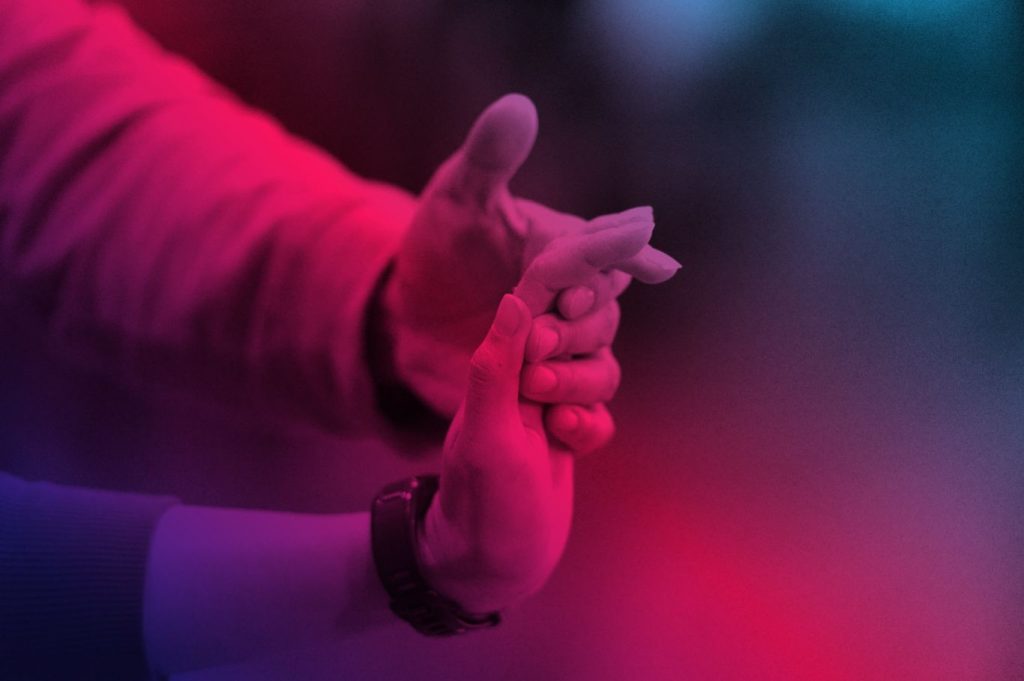
Here is a great article that was posted online and in the local Town Crier Newspaper featuring Toronto Dance Salsa and discussing baby boomers taking up dancing.
Dancing with the baby boomers
(Posted Date: Thursday, October 16, 2008)
As our population ages and looks for new ways to stay fit, many are turning to dancing
By Brian Baker
DANCING THROUGH LIFE: Couples of all ages are learning how to cut a rug, thanks, in part, to the popularity of reality dancing shows like Dancing with the Stars.
Adding a little spring to your step helps to tap dance on the head of the stereotype that says you have to take it easy as you get older.
Dancing, whether it’s ballroom or Latin, is a great way to ease into physical activity without the intensive regimen of weight training, say experts and participants.
Automotive industry executive Tony Dobranowski and his wife Janice started taking ballroom dancing lessons in the spring and plan to continue this fall.
Their goal was to get out for a bit of exercise and develop some dancing skills, Dobranowski says. And he credits Dancing with the Stars for helping to motivate the pair.
The TV show has helped timid baby boomers picture themselves as the next Fred Astaire or Ginger Rogers, says Sharon Galor, president and owner of Toronto Dance Salsa.
“I think (boomers) were hesitant a few years ago because it was still fairly underground and it was considered a young person’s dance,” she says. “Now you see Dancing with the Stars and you see people of all ages dancing — it’s not limited any more to young people. Everyone’s taking advantage of it.”
Galor, an avid Latin dancer for more than a decade, adds the show is a positive influence, since Marie Osmond, Steve Guttenberg, Jane Seymour and Susan Lucci — all baby boomers — have wowed audiences.
Besides popularity on television, dancing is a great low-impact way for older, less active people to stay in shape.
“First of all, it’s a cardiovascular exercise so you’re going to be sweating, you’re going to be getting the heart rate up,” she says. “You’re going to be using muscles in terms of toning, have the abs being worked, the hips being worked, and all the muscles in your arms and legs.
“So it’s a really good overall body workout, without being too hard on your body.”
Dancing also helps with coordination, reflexes and memory, Galor says.
“A lot of people come to us and the first few weeks they can’t remember any of the moves we teach them,” she says. “Usually by the end of the semester they’ve got the moves, they’re being able to put them together.”
Professors at York University’s School of Kinesiology and Health Sciences echo Galor’s dance floor observations.
But, associate professor Joe Baker says, there’s a pervasive stigma attached to getting older. And he wants to stomp out the negative stereotype that as we age we can’t be as physically active as we once were.
“Our big social push in the lab is to get more people physically active and to forget about the stereotypes of what it means to be an older person, because we are finding more and more that those stereotypes just aren’t accurate,” says Baker, who researches physical activity and aging at York.
His suggestion for those who are not as active is to get out and dance.
“Our general message is you need to be doing activities that will challenge the current state of your cognitive and physical functioning,” he says. “So if you are a baby boomer who hasn’t been that active in physical activity for the past couple of decades, dancing is a great way to start getting a little bit more exercise integrated into your lifestyle.”
More exercise means greater blood flow, which also benefits the most important organ of all: the brain.
“There’s mounting evidence that suggests any time you get your heart up and getting the blood flowing, it also flows to the brain,” Baker says. “And so the brain is getting more enriched with oxygen than if you were sitting on the couch.”
For Wendy Lavender, office manager and teacher at the William G. Pollock Dance Studio, the enjoyment of dancing is a lot simpler.
“Well, (dance lessons) get people up moving around the floor,” she says. “It’s a lot more social than somebody going to the gym and getting on a stationary bike.”
Pollock Dance Studio, in the Yonge and Davisville area, offers smooth dancing styles like the foxtrot, waltz and tango, and some more uptempo steps: rumba, cha-cha, merengue, swing and mambo.
Lavender, a dancer for 18 years, says plenty of boomer couples come into the studio because they have more free time to be together.
“They’re empty nesters now and they’re looking some time to spend with each other,” she says.
And it’s the ease of dancing that attracts Dobranowski even more.
“(Janice and I) have admired for a long time the ‘old smoothies’ who glided around the floor effortlessly,” he says, “and we were hoping we might be able to do the same.”


